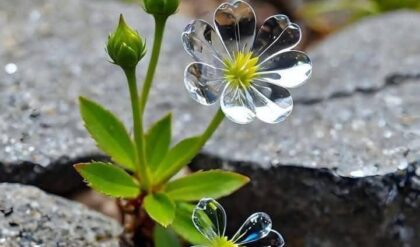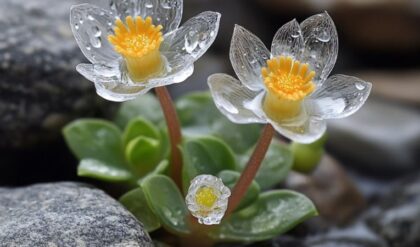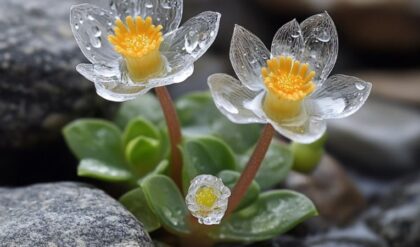The majestic lotus plant, often associated with purity and enlightenment, holds a special place in many cultures around the globe. Growing a lotus from seed not only offers the satisfaction of nurturing a beautiful plant but also connects us to a rich tapestry of symbolism that spans centuries. To embark on this journey, let’s explore the step-by-step process grounded in practical tips while also examining the broader implications of cultivating life.
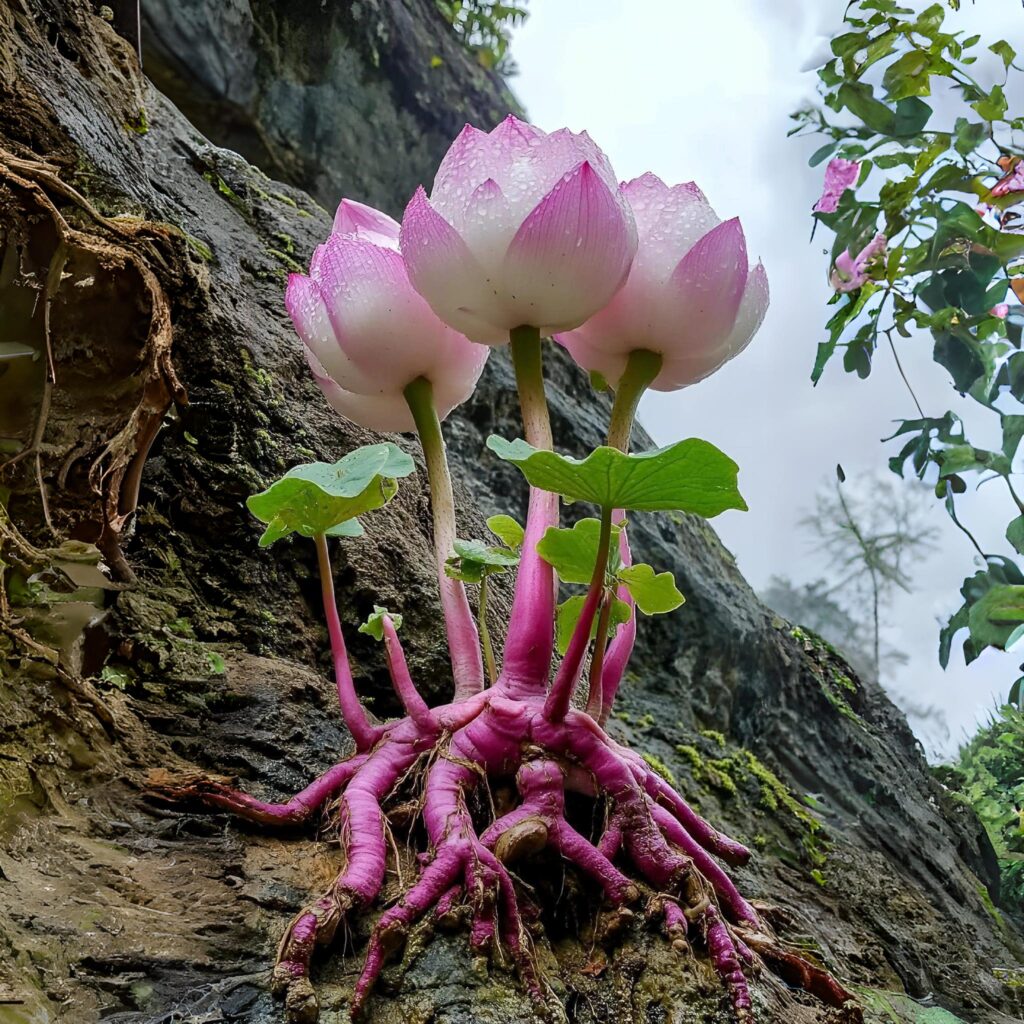
Understanding Lotus Seeds
Lotus seeds are unique in their structure and characteristics. They possess a hard outer shell that can pose challenges to potential gardeners. It can be likened to a treasure chest—holding within it the promise of stunning blooms but requiring some effort to unlock its secrets. One effective method is known as scarification, which refers to nicking or sanding down the hard seed coating. This process allows easier water absorption, akin to softening the defenses of a guarded fortress, thus inviting transformation.
The Germination Process
Step 1: Scarifying the Seeds
To ensure your seeds germinate successfully, begin by scarifying them. This action breaks the barrier created by nature, making it more receptive to warmth and moisture. Once you’ve gently scratched the surface, submerge the seeds in warm water for approximately 24-48 hours. Think of this stage as a luxurious spa treatment, where each seed bathes in revitalizing waters before embarking on its metamorphosis.
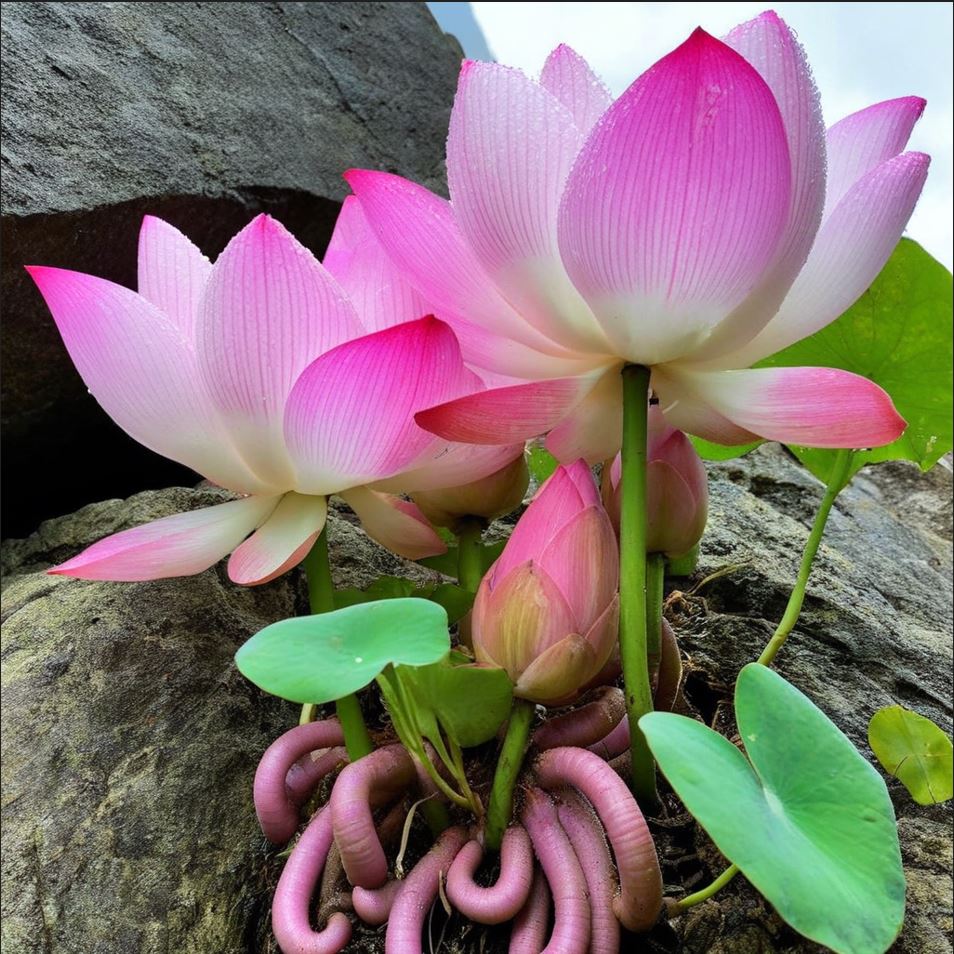
Step 2: Preparing the Growth Environment
Next, the seeds need an appropriate environment to sprout. Position them in a container filled with nutrient-rich soil, submerged under a few inches of water. This mimics their natural aquatic habitat and must replicate the conditions of still ponds where they thrive. Maintaining a steady temperature between 70°F and 85°F (21°C to 29°C) acts like setting the thermostat in a cozy room—a crucial aspect for their maturation .
Encouraging Healthy Growth
As the seeds continue to soak, the excitement builds! Keep the water clean and fresh; any contamination can hinder progress. Once the seeds have sprouted, they will push through the soil and eventually emerge above the water’s surface, unfolding delicate leaves that unfurl like a dancer taking center stage, poised for their grand performance.
Step 3: Providing Adequate Sunlight
Ensure the seedlings receive plenty of sunlight—ideally 6-8 hours a day—as they need this energy to flourish. Just as human beings require nourishment for growth, so do these budding plants rely on the sun’s rays to become robust and vibrant. You might even consider rotating the container periodically, giving equally distributed access to light.
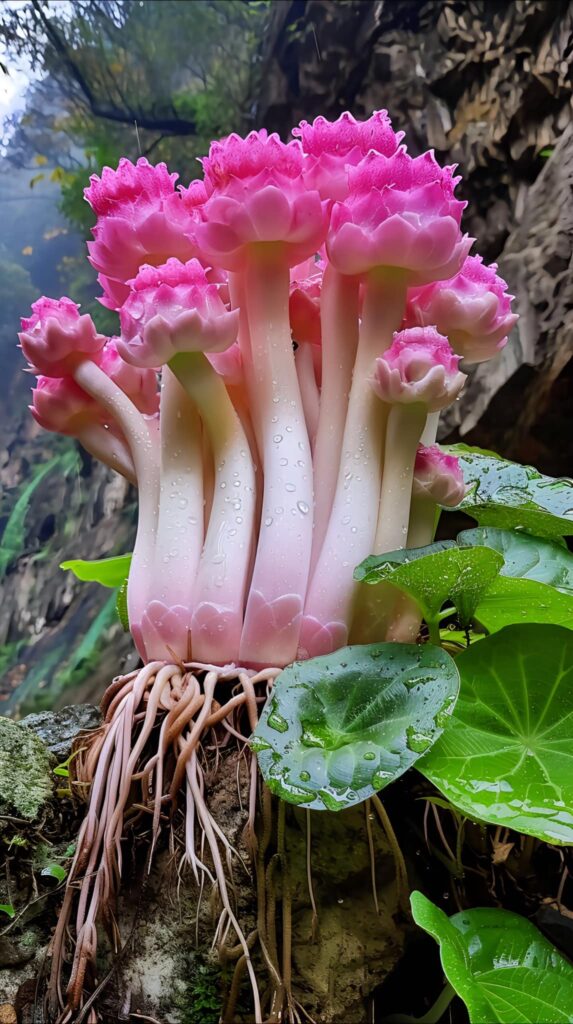
Water Management
Maintaining proper water levels is imperative. As the lotus grows, it thrives in shallow water; however, it is essential to keep the water level consistent. Imagine a gentle creek flowing serenely beneath a bridge; the lotus craves stability in its water source as much as we seek balance in our lives.
Fertilization Techniques
Introducing fertilizers can significantly boost your lotus’ health once roots develop. Look for aquatic-specific fertilizers that feed the plants without overloading them. Picture nurturing a seedling with vitamins—it’s essentially providing them with the essential nutrients to reach their full potential.
Observing the Blossoms
Once established, the lotus plant can produce stunning flowers that often bloom in rhythmic patterns. This unfolding may serve as a metaphor for personal growth—each phase of development invites one closer to enlightenment, just as a lotus rises from murky waters into the light.

In summary, growing a lotus from seed serves as a reminder of patience, care, and the rewarding cycle of life. Each seed carries with it the essence of beauty and resilience, waiting for the right conditions to transform. Embracing this journey speaks not just to horticulture but to personal and spiritual growth, making the act of gardening a deeply significant endeavor. Wouldn’t it be marvellous if, like the lotus, each challenge we face could lead us to a brighter bloom?Copy Viết bài từ Search

